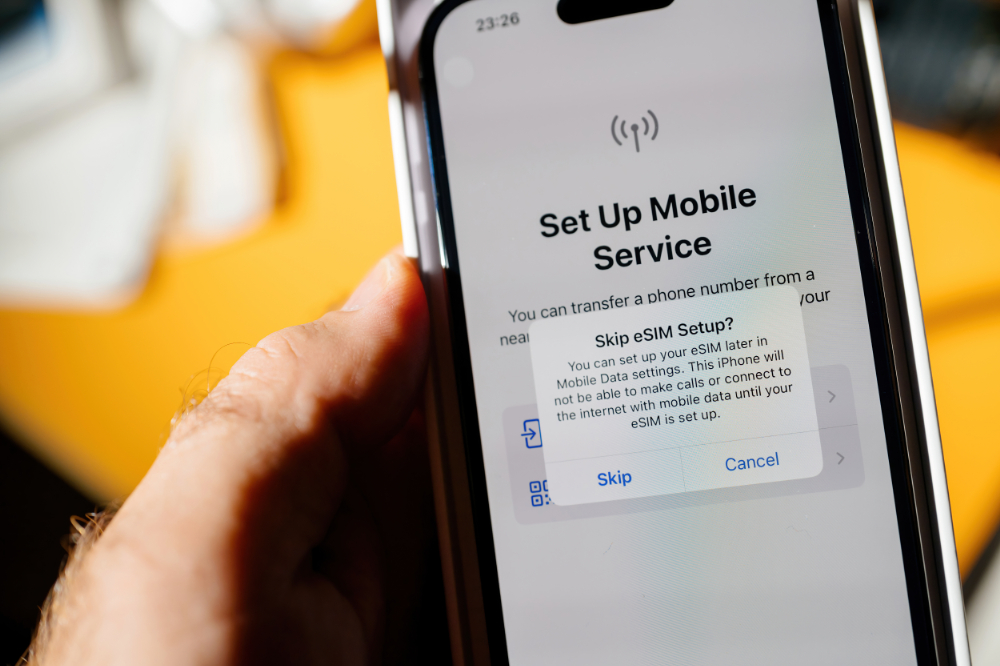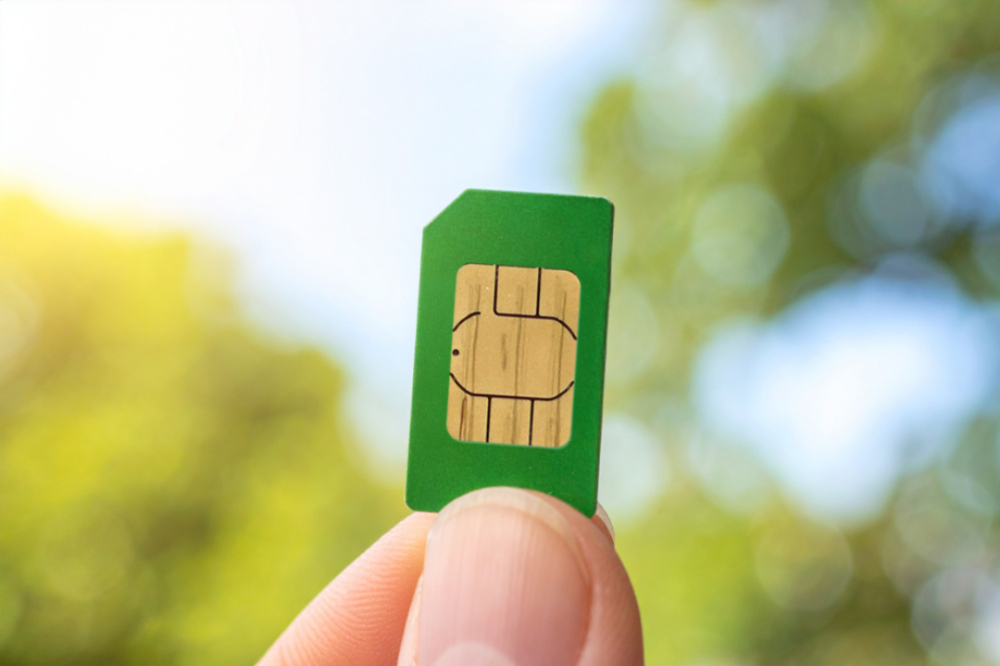How to Buy an eSIM for Japan: Best Options, Timing, and Travel Tips
Planning a trip to Japan implies sorting out more than flights and hotels—you also need to decide how you’ll stay connected. Whether you rely on maps to navigate Tokyo’s train lines, use translation apps to order food, or want to share photos with friends back home in real time, having reliable internet is an integral part of modern travel. For many, purchasing an eSIM has become one of the easiest and most flexible solutions for staying connected.
Still, figuring out when and where to buy an eSIM, how much data you’ll actually need and what to do if something goes wrong can be surprisingly complex. Should you purchase online before departure, compare offers on aggregator sites, or wait until you land and buy at the airport? How does the activation window work if your trip spans several weeks? And what are the alternatives if an eSIM isn’t the best fit for your device or travel style?
This guide provides a practical overview of everything you need to know before purchasing an eSIM in Japan. From choosing the right purchase channel to troubleshooting common issues and weighing eSIMs against pocket WiFi or traditional SIM cards, you’ll find the information you need to make your arrival in Japan as smooth—and connected—as possible.
eSIM for Japan: Choosing the Best Way to Purchase

Selecting the right channel to buy an eSIM for Japan can significantly influence both your travel experience and budget. Here, we examine the advantages of each option, considering the amount of time you have, your level of preparation, and your personal priorities.
Buying an eSIM Online Before Your Trip
Purchasing an eSIM online before departure allows you to arrive in Japan fully prepared and connected. You can complete the process from anywhere, compare plans in detail, and take advantage of promotions before landing. Plus, many providers offer English-friendly interfaces and email receipts, making the process transparent and convenient.
One possible trade-off lies in the identity verification process: eKYC (electronic Know Your Customer) requirements usually involve uploading identification documents and waiting for approval before activation. Although it allows for a fully online booking process, some travelers unfamiliar with eKYC may prefer to avoid it altogether and choose instead an option that involves physical confirmation of identity documents upon pickup, such as pocket WiFi or SIM cards.
Using Travel Aggregator Websites
Aggregators compile offerings from multiple providers, letting travelers compare prices, data allowances, and coverage in one place. Such transparency makes it easier to find competitive plans and sometimes discover discounts not available through individual providers. Aggregators can also be helpful for travelers who want to explore a range of options without having to visit multiple websites.
A drawback is that aggregator platforms usually offer limited direct customer support, which can complicate troubleshooting. Refund and return policies may also vary across providers, creating uncertainty for travelers who require prompt assistance.
Aggregator services, therefore, best suit deal-oriented travelers who prefer comparing multiple options at once, especially those visiting Japan for shorter stays. These services streamline decision-making and offer cost advantages without requiring extensive research, although this typically comes at the expense of direct support.
Buying at Airport Counters in Japan
Purchasing an eSIM at an airport counter provides immediate activation and face-to-face customer support, eliminating much of the uncertainty that often accompanies online or third-party purchases. Travelers can choose plans on the spot, ask questions, and receive hands-on assistance for setup.
However, buying an eSIM directly at the airport comes with trade-offs. First, airport counters operate within limited hours and can experience queues, which can result in lost time upon arrival. Additionally, prices may be higher than online rates due to convenience fees. Furthermore, for travelers arriving late at night or during busy seasons, counter availability can be unpredictable.
How to Buy an eSIM for Japan at the Right Time

Next, you may be curious about timing: when is the best time to buy an eSIM for Japan? The day of purchase, activation period, and the length of your trip all influence whether you get the most value and uninterrupted connectivity during your stay.
Understanding Activation Windows and Validity Periods
An eSIM plan typically includes three key dates: the purchase date, the activation date, and the expiration date. Purchase date refers to when payment is made, but activation may occur later, depending on the provider’s rules. The validity period begins on the activation date, not the purchase date, and lasts for the specified duration. Therefore, it’s essential not to activate your plan too early, as it may only be valid for the duration of your trip, resulting in lost days of service.
Planning Ahead for a Smooth Arrival
What is certain is that comparing connectivity options ahead can only be helpful. Evaluate pocket WiFi, SIM cards, eSIMs, and international roaming based on your needs. Pocket WiFi offers sharable data, while SIM cards work well for unlocked phones that may not be eSIM-enabled. In contrast, eSIMs provide convenience without the need for physical cards. Roaming is generally costly and less flexible, while public WiFi tends to be unreliable and insecure.
Key factors in your evaluation include whether you travel solo or in a group, your average data use, your device’s compatibility (dual SIM or eSIM-enabled), and whether you intend to tether your connection to other devices. For travelers seeking flexibility, providers like NINJA WiFi offer a variety of options: SIM, eSIM, and pocket WiFi plans tailored to different trip lengths and budgets. For instance, NINJA WiFi’s eSIM plans range from 5 GB for five days at 3,102 yen to 100 GB for 31 days at 18,403 yen. Such services enable you to match the connectivity plan to your specific travel style without unnecessary compromises.
Setting Up Your eSIM on Arrival
Activating an eSIM in Japan typically requires an internet connection, which can be a challenge upon arrival. Options include using free airport WiFi, connecting at cafés within the terminal, or temporarily relying on roaming before switching to your eSIM.
Ultimately, knowing the steps and being prepared before landing saves both time and stress. Understanding activation requirements and having a clear plan for setup ensures you can step off the plane connected and ready to navigate your trip without delay.
Troubleshooting When You Buy an eSIM for Japan

Even with careful planning, you may still encounter unexpected issues when using an eSIM in Japan. Knowing ahead of time how to address common problems can help you avoid unnecessary stress and keep your trip running smoothly.
Validity Period or Wrong Plan Purchased
An eSIM expires according to its validity period, which begins on the date of activation—not the date of purchase. If service ends before your trip concludes, additional data or a new plan may be necessary. While some providers allow extensions or top-ups online, others require purchasing a new plan entirely; therefore, you’ll want to make sure to double-check the plan you’re booking and to confirm your provider’s policies before arrival.
Buying an eSIM for the wrong region or country can also be a common mistake, particularly for travelers who change destinations mid-trip. In this situation, the most reliable option is to purchase a new plan for the correct region. Certain providers allow multiple eSIM profiles, letting travelers switch between them without removing the original, while others may require complete deletion and reinstallation.
Technical Problems on Your Device
Installation failures are not uncommon, especially for travelers unfamiliar with eSIM setup. The first step should be verifying that your device supports eSIM functionality—most iPhones XR and later, and many recent Android models do. If the device supports eSIM, but the plan won’t install, reset network settings and attempt the installation again.
Re-downloading the QR code from your provider’s website or app can also resolve issues, as the code may have expired or failed to register correctly. If problems persist, contacting the provider’s customer support is the most direct solution; NINJA WiFi offers English support every day, as well as airport counter assistance.
Data Limits and FUP Concerns
Fair Usage Policy (FUP) limits apply to many eSIM plans, indicating that high-speed data may be slowed after a specific daily or monthly allowance is reached. The results may include a drop in connection speed, but basic internet functions, such as maps, messaging apps, and email, generally remain accessible. To avoid surprises, it’s strongly recommended to thoroughly check your desired plan’s daily high-speed limit before purchase.
Selecting a plan that matches your actual usage will make all the difference in terms of cost efficiency and uninterrupted service. Travelers who use data intensively for navigation, translation, video streaming, or sharing photos may prefer higher daily allowances or unlimited plans.
Conclusion
Buying an eSIM for Japan offers convenience, flexibility, and peace of mind—provided you understand when to purchase, which channel suits your needs, and how to handle potential issues. For some travelers, arranging an eSIM online before departure is the most efficient option; others may prefer the comparison features of aggregator sites or the reassurance of in-person assistance at airport counters. What matters most is matching your plan to your travel style, data usage, and device compatibility.
Services like NINJA WiFi also provide alternatives, including SIM and pocket WiFi rentals, making it easier to choose the solution that best fits your trip.
Start preparing your connection now—compare plans, calculate your data needs, and buy your eSIM for Japan before departure. Taking a few minutes to plan ahead ensures that when you land, your only concern will be enjoying your journey.








